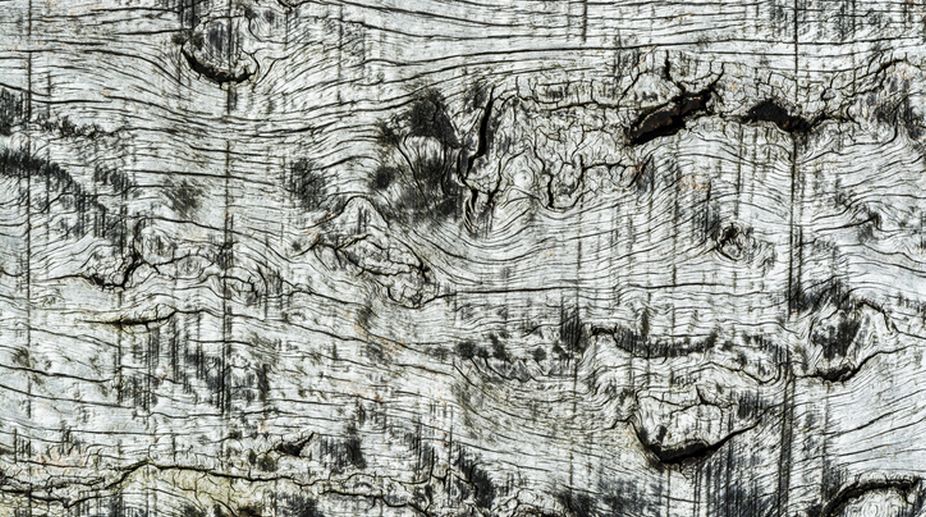Artist Divyaman Singh impresses with latest outing of ‘Divine Elements’
The exhibition was curated by Shahzada Khurram and was displayed at the India Habitat Centre from July 2 to 8.
Eminent researcher and author Ashit Paul discusses how 19th century woodcut prints, lithographs and oleographs captured the popular market and occupied the minds of the general population with ideas of art.

(Getty Images)
Lithography in the 19th century was perhaps one of the few art forms which catered to both high and low art markets, and the artists of Kolkata who specialised in it did much to bring art to public consciousness and hold their interest, according to leading researcher and artist Ashit Paul.
At a talk organised by the Raza Foundation, Paul, editor of the well-regarded book Woodcut Prints of Nineteenth Century Calcutta, investigated the various aspects of the popular urban art traditions of woodblock printing and lithography and how they flourished in the Battala area of north Kolkata.
The talk, a part of the monthly Art Dialogues series organised in partnership with the Civil Services Officers’ Institute, addressed the topic Popular Prints of 19th Century Calcutta in a lecture on north Kolkata’s vibrant indigenous art activity scene which had a deep influence on the evolution of Indian art prints. Paul, who has recently documented the native arts of Chitpur and allied areas of Kolkata, explained how the first relief printed images made their appearance as textual illustrations in the first half of the 19th century.
Advertisement
“Annadamangala was the first Bengali book with illustration, published in 1816. Its publisher Ganga Kishore Bhattacharya adv ertised the launch of the book by announcing that it had six illustrations,” said Paul.
The surge in popularity of woodblock printing in Kolkata was also fuelled by the huge upswing in demand for scandalous content, narrative fantasy and romance. Public interest in the Tarakeswar affair, an act of impropriety involving Elokeshi, the wife of a government employee Nobin Chandra, and the Brahmin head priest (or Mahant) of the Tarakeswar Shiva temple, compelled Bat-tala relief print makers to turn it into a subject of their art.
“The work of woodcut artists was in tune with the rising trend of salacious literature, which dealt in subjects ranging from the interiors of homes and the Baiji Para (red light area) to escapades of the wealthy and sexual adventures of the babus,” said the noted curator.
Paul also detailed how lithography started gaining prominence in the indigenous market of 19th century Kolkata, owing to its low price and the contribution of Government School of Art students in the city’s commercial printing activity.
“According to Indologist Rajendralal Mitra, markets were flooded with lithographs and oleographs in 1888,” he said.
What also made the voice of lithographic prints ring loud and clear at the time, was the proliferation of different contemporary newspapers and journals, foremost among which was the art journal Shilpa Pushpanjali.
“Prabasi and Modern Review were the other periodicals which featured a lot of lithographs by various painters,” said Paul. According to him, the importance of lithography in its initial days as popular representations of art was manifold. “Lithography made the general population aware of the importance of art as an integral part of life,” he said.
Advertisement